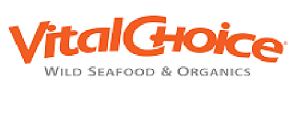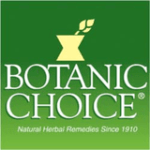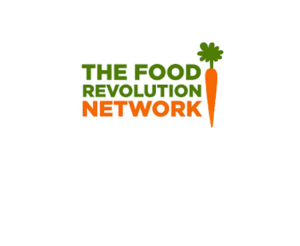“As a food shopper, you have the unique opportunity to actively participate in molding the world that your children will inherit.”
Today, it may seem as if the concepts of a farm to table movement or a sustainable food service are constantly being discussed.
You’re probably aware that the ideas are intended to benefit the environment, but what precisely are they?
What are the similarities and differences between them?
And what do they expect from us, the customers?
What is Farm to Table?

The Farm to Table movement argues for locally sourced food that is seasonal, fresh, and organically produced, as described by The Lexicon of Food: “The Farm to Table movement advocates for locally sourced food that is seasonal, fresh, and organically produced.”
Farmers and chefs have marketed it as a way to connect people to the source of the products in their meals.
Farm to table restaurants get their ingredients from local farms or their own gardens, and they teach customers about the stages of the food chain and how their decisions affect people, animals, economies, and the environment.”
Furthermore, Rutgers University divides the concept of farm to table into four categories when discussing food, nutrition, and health.
- Proximity: This concept refers to the distance between food system components (i.e. the farm and your table).
The closer the farm is to your table and your meal, the more likely it is that relationships, such as those between the farmer and the customer, will arise in the food system. - Self-Sufficiency: When it comes to food production, this refers to a community’s ability to meet its own demands.
The ideal situation is for a community to be self-sufficient in terms of food production, processing, and sale.
For example, a rancher raises beef, which is then processed before being purchased by a local consumer and delivered to their dinner table.
All of this occurs within a short radius, resulting in the formation of a food community. - Food security is a primary goal of communal food systems.
Individuals, households, and communities all have access to nutritious food. - Sustainability: In the food system, this means that businesses, farmers, and people are thinking about future generations.
It’s the premise that the environment, animals, people, and communities are all taken into account at every stage of the process.
What is Sustainable Food?
In essence, the term “sustainable food” refers to food production (plant or animal) that protects the environment, the land, the communities, and the people.
We enter the world of sustainable food and farming as a culture when we move away from industrialized and processed foods, which cause soil erosion, air and water pollution, and the need for synthetic pesticides.
We also encounter a plethora of health advantages (for both ourselves and the world).
Preserving the Environment
Farmers that practice sustainable farming avoid using dangerous pesticides and chemicals, as well as genetically engineered seeds, in their crops and produce.
They help to preserve biodiversity and promote the growth of healthy ecosystems.
Helping Communities
Farmworkers, food producers, coffee farmers, and all others who work with the food we eat or drink are supplied with safe working conditions and fair salaries as part of sustainability.
As a result, the local economy and local sustainable agriculture can benefit and be supported.

Protecting Animals
Farmers also maintain animal welfare and treat them with respect, which is another pillar of sustainability.
Livestock, for example, are happier, healthier, and less constrained when they are permitted to wander freely and forage.
Protecting Public Health
To be sustainable, food must not be harmful to human health.
It should be safe not only for individuals who consume the food, but also for those who work with it, such as farmers and growers, as well as the community that surrounds the land where it is grown.
Benefits of both Farm to Table and Sustainable Food
Though the farm to table and sustainable food movements have different goals, they have a lot in common.
The primary goal is to develop a good food system that is useful to humanity (both present and future).
- Provide communities with optimal health and nutrition while lowering the risk of diet-related diseases.
- Introduce seasonal, locally made cuisine.
- Create a direct connection between people who grow the food and those who consume it by providing a nutritious diet and fresh food to all members of a community.
- By reducing the need for food to be transported from other states or countries, you may help the environment and the community.
- Encourage people to get involved in the promotion of local foods and communities.
- Assist in the strengthening of local enterprises so that communities can prosper financially, and money can circulate.
At Essence of Health Solutions, we are committed to partnering with companies who have demonstrated their goals in providing eco-friendly, sustainable, natural, organic and healthy solutions to the consumer. We are here to help with your healthy lifestyle choices.
We're an affiliate. We hope you love the products we recommend! Just so you know, we may collect a share of sales or other compensation from the links on this page with no additional cost to you. Thank you if you use our links, we really appreciate it! Read more












